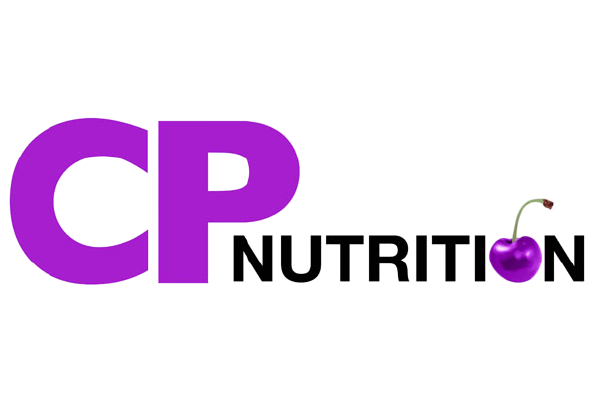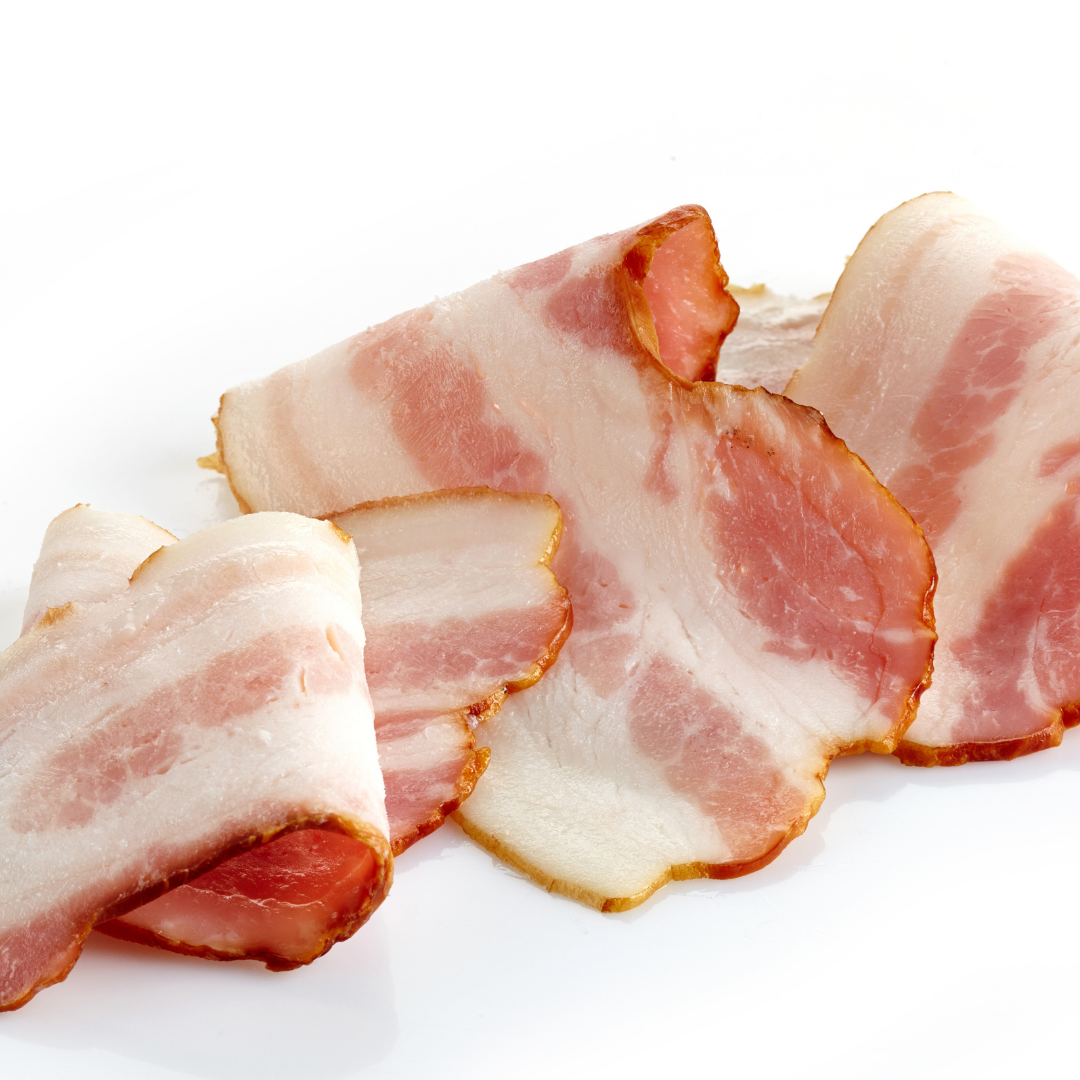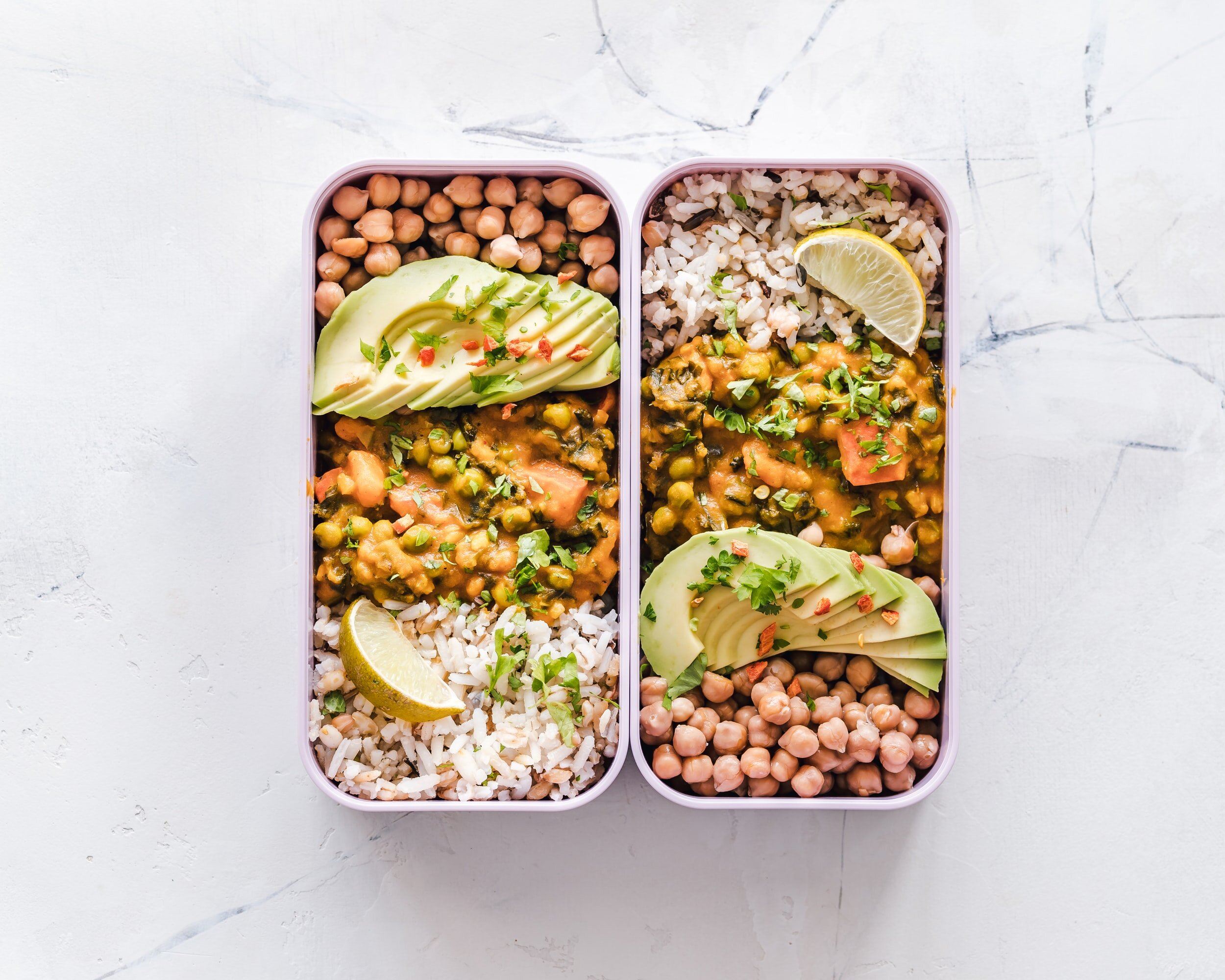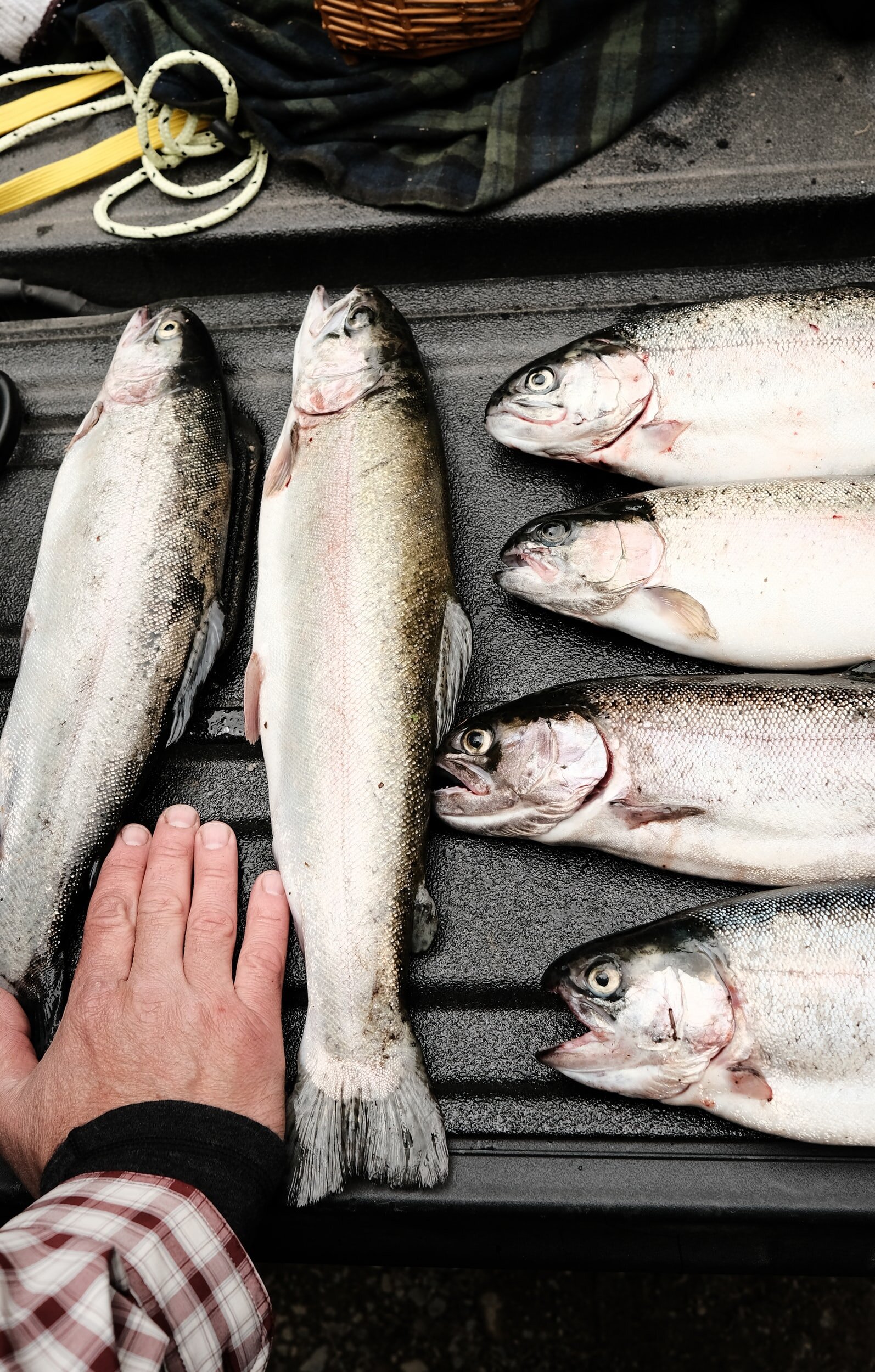Sustainable Nutrition
With recent documentaries shining a light on the state of our food chains and plant-based eating becoming a popular buzzword, there is a growing interest in eating sustainably. In commemorating Earth Day this April, the impact humans are having on the planet are now clearer than ever. It is estimated that following the WHO dietary guidelines in decreasing animal products and increasing plant-based products could lower our greenhouse gas (GHG) footprint by 17%! So, what exactly does a sustainable diet look like and is it accomplishable?
“Firstly, it is important to recognise that sustainable eating does not look the same for everyone. ”
What works for some may not work for others. Generally, a sustainable diet “promotes individuals’ health and wellbeing; has low environmental pressure and impact; is accessible, affordable, safe and equitable; and is culturally acceptable.”. These factors are impacted in every step along our food chain, from the soil our food is grown in, to the packaging it is wrapped in and eventually how we cook and prepare it for consumption.
For simplicity, three main components of sustainable diets are: Economic, Social/Ethical, and Environmental. This post will concentrate on the latter, although the other two are just as vital in the concept of sustainability.
Meat and animal products
This may seem too predictable, but for good reason as concentrating on reducing meat consumption, especially red and processed meat, could deliver the largest, combined positive environmental and health impact that individuals could make.
Red meat comes from the flesh of animals like cows, sheep, goats, deer and pigs. Livestock is accountable for 15-18% of all GHG emissions, of which cattle (both dairy and meat) are the animal species most responsible, accounting for around 65% of livestock emissions.
This is a problem as increased levels of GHGs trap heat within the atmosphere, leading to climate change effects, such as extreme weather and rising sea levels, which disproportionately affects the poorer and most vulnerable populations. With the world’s population estimated to reach 9.7 billion by 2050, demand for meat, dairy, and fish will continue to grow as countries become more industrialised and desire foods that populations in the UK and USA have become accustomed to.
Alongside campaigning for greater industrial responsibility and improving agricultural productivity, there are actions that we can personally take to contribute towards a sustainable diet. In fact, the UK’s consumption of red and processed meat has shown a steady decline in all age groups since 2008, with the average consumption being under the recommended amount of 70g per day. To picture what 70g would look like, a rough guide is a steak the size of a matchbox or 3 slices of bacon.
However, the EAT-Lancet planetary health diet recommends no more than 98g of red meat per week in order to offset the environmental burden of livestock agriculture and achieve the UN’s Sustainable Development Goals 13 and 15 (which include decreasing GHG emissions through implementing national policies on sustainable food production, halting deforestation as well as reversing land and soil degradation). That is quite a big difference!
So, how much meat should I eat? And should I even eat it at all if it’s so bad for the environment?
Simply put, you don’t have to wholly give up eating meat and dairy to eat sustainably. Meat and dairy are part of the UK’s dietary culture and it is important for many to have it in their diet. It is also a rich source of protein, vitamin B12 and iron, of which half of girls and a quarter of women in the UK are below recommended intake.
It doesn’t have to be an overnight change if you do eat meat, it can happen as gradually as you like. There is no merit in instantly replacing one component of your diet that you enjoy as it won’t be a sustainable change for you, which is what matters most!
So, instead of concentrating on the idea of giving up meat completely, you can try meat-free days and replacing beef bolognese with a lentil, bean or Quorn bolognese, or do half and half meat and lentil mix.
Beans, lentils and soy (such as tofu) can be fantastic sustainable alternatives since they produce less GHGs than meat per gram of protein. Poultry and eggs are also one of the lowest GHG emitters and least water intensive out of all animal sources too. Water use is an important factor to consider in sustainable eating since about 70% of the world’s usable freshwater is used for agriculture.
To meet a growing population's demand for food, food production is needed to grow by 50%, however water use can only rise by around 10%. Nuts are very water intensive for each gram of protein, more so than meat, and so would be best suited to complement a diverse diet rather than being a main source for protein.
Shifting towards the mindset that meat should be celebrated and eaten every once in a while, rather than being the centerpiece of each meal, would help to refocus your sustainable diet. Swapping red meat in some dishes with suitable poultry, fish or plant-based alternatives can also help, such as using turkey mince or soy sausages. There are fantastic examples of how to do this with the British Dietetic Association’s One Blue Dot Meal Swap resource, and recipes from other blogs on this site (my favourite being the freekeh, aubergine and green beans).
Increasing fruit, vegetable, wholegrain and pulses, and decreasing animal-source foods is a win-win situation since it benefits the environment as well as your health. This is because these eating patterns, sometimes coined the Mediterranean diet, have been associated with lowered risk of cardiovascular disease, the number one cause of death worldwide.
What about fish and seafood?
Fish is a fantastic source of vitamin D, iodine and omega-3 fatty acids (the kind of fats you want to have more of than saturated fats!) and are great sources of protein. Recently, there are growing concerns about the sustainability of our fishing industry. With over 30% of the sea being overfished (meaning more fish are being taken out of the sea than can be replenished) and poaching accounting for around 30% of global catch, it can seem like a hopeless situation. But, if you do eat fish and seafood then there are ways to do so sustainably.
Firstly, there are the bivalves like molluscs, scallops, clams and oysters, which all are farmed less intensively than fish and grow in British waters. Diversifying the type of fish you buy also helps as it causes less demand on the more popular species like tuna, salmon and haddock. Ensure that when you are purchasing fish that it is from responsible sources by checking it has the blue MSC label on the packaging or is from your local fishman.
Research has found that 98% of currently overfished stocks could still recover by the middle of this century if managed properly, so we can push towards more sustainable fishing practises by buying responsibly. And with certain blockchain companies incentivising shared catch data for all types of seafood, thus improving traceability of the products, the technology to achieve more transparency on what and where our fish has come is ever improving.
“Diets do not have to have components cut out of them in order for them to be sustainable, purely more mindful and diverse approaches to what, where and how often we buy our animal-based produce will help. ”
This guest blog post was written by Phoebe Wood BSc, a Registered Associate Nutritionist with an interest in Sustainable Nutrition and Intuitive Eating.
References:
WHO (2020) Healthy diet. Available at: https://www.who.int/news-room/fact-sheets/detail/healthy-diet (Accessed: 26 April 2021).
Milner, J. et al. (2015) ‘Health effects of adopting low greenhouse gas emission diets in the UK’, BMJ, e007364. doi: 10.1136/bmjopen-2014-007364
Rust, N.A. et al. (2020) ‘How to transition to reduced-meat diets that benefit people and the planet’, Science of the Total Environment, 718.
FAO (2013) Tackling climate change through livestock. Available at:http://www.fao.org/3/i3437e/i3437e.pdf (Accessed: 20 April 2021).
UN (2020) Key Findings. Available at:https://www.un.org/en/climatechange/science/key-findings (Accessed: 20 April 2021).
Willet, W. et al (2019) ‘Food in the Anthropocene: the EAT–Lancet Commission on healthy diets from sustainable food systems’, The Lancet, 393 (10170) pp. 447-492.
Poore, J., and Nemecek, T. (2018). ‘Reducing food’s environmental impacts through producers and consumers’, Science, 360(6392) pp. 987-992.
FAO (2017) Water for Sustainable Food and Agriculture. Available at:http://www.fao.org/3/i7959e/i7959e.pdf(Accessed: 25 April 2021).
Martinez-Gonzalez, M.A et al. (2019) ‘The Mediterranean Diet and Cardiovascular Health’, Circulation Research, 124 pp. 779–798.
FAO (2018) The state of world fisheries and aquaculture. Available at:http://www.fao.org/3/i9540en/i9540en.pdf(Accessed: 20 April 2021).
Pramod, G. et al. (2014) ‘Estimates of illegal and unreported fish in seafood imports to the USA’, Marine Policy, 48 pp.102-113.
UN (2020) Oceans and the law of the sea. Available at: https://www.undocs.org/en/A/75/232/rev. (Accessed: 25 April 2021).
World Animal Foundation. Available at: https://worldanimalfoundation.org/advocate/veganism-statistics/ (Accessed 24 May 2024)




